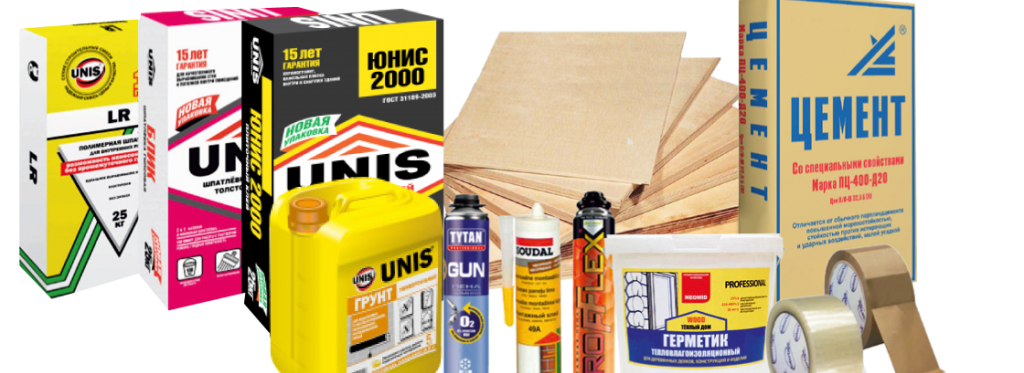You have realized for a long time that your company should consider buying a new press brake. Now you have the responsibility of developing the specifications and recommending a new machine. This is an awesome responsibility, because if you select the wrong machine, your manufacturing costs will escalate, and the press brake will not pay for itself as soon as it should. Several factors should be weighed in your decision. Best choise - Blue and Grey Today Shop/
Workpieces
The first major item to consider is the parts that you need to produce. The idea is to purchase the shortest and the lowest-tonnage machine that will do the job.
Look at the type of material and also at the maximun thickness and length you will be working with. If most of your work is in 16-gauge mild steel with a maximum length of 10 feet, the capacity does not have to be more than 50 tons for air bending. However, if you do a lot of bottoming work, you may have to consider a 150-ton machine.
Now, suppose that your heaviest material is 1/4 inch thick. Air bending 10 feet requires 165 tons and at least 600 tons for bottoming. If most of your work is 5 feet or less, you can do very well with a new machine about half of this capacity and enjoy a substantial reduction in acquisition cost. The length of the parts is quite important in determining the size of a new machine.
Deflection
You also should consider the amount of deflection likely to occur in a particular machine. Under the same load, a 10-foot machine has four times the deflection in the bed and ram than a 5-foot machine. For the shorter machine, that is less shimming is required to get good parts. Less shimming reduces the setup time as well.
The type of material is a critical factor too. As a rule, stainless steel increases the load requirement about 50 percent over that of mild steel, while most grades of soft aluminum require about 50 percent less. Tonnage charts that give you tonnage estimates per foot of length in different thicknesses and different materials are readily available from press brake manufacturers.
Inside Radius of Parts
Next, you need to look at the inside radius of your parts.
In air bending, the inside radius equals 0.156 times the die opening. During air bending, the die opening should be eight times the metal thickness. For example, when forming 16-gauge mild steel, a die opening of inch is used, producing an inside radius of about 0.078 inch. To produce a tighter inside radius, you need to bottom-bend to produce an inside radius about equal to the metal thickness. However, bottom bending requires about four times more tonnage than air bending does.
If you need an inside radius less than the metal thickness, use an upper punch with your required radius at the tip and go to a coining method of bending. This generally requires 10 times the tonnage of air bending.
For air bending, the punch and die are machined at an angle of 85 degrees or less, with less being better. With this type of tool set, you see air spaces between the punch and die at the bottom of the stroke and have enough overbend to set the material at approximately 90 degrees, factoring in springback.
Usually, an air bend set produces an angle of 2 degrees or less on a new press brake. Air bend sets produce an inside radius that is equal to 0.156 times the die opening.
For bottoming, the tool set should be from 86 to 90 degrees. At the bottom of the stroke, there should be slightly more than metal thickness between the punch and die. The angularity is improved because the greater tonnage - - about four times as much as in air bending - - relieves the stress on the inside radius that normally causes springback.
Coining is similar to bottoming, except that the required inside radius is machined into the punch nose, and the punch and die are set at less than metal thickness at the bottom of the stroke. By applying enough tonnage (about 10 times as much as air bending), the nose of the punch is forced into the material, and springback is essentially eliminated.
For the lowest required tonnage, it is best to plan for an inside radius greater than metal thickness and air bend as much as possible. Many times, the larger radius does not affect the finished part and its subsequent usage.
